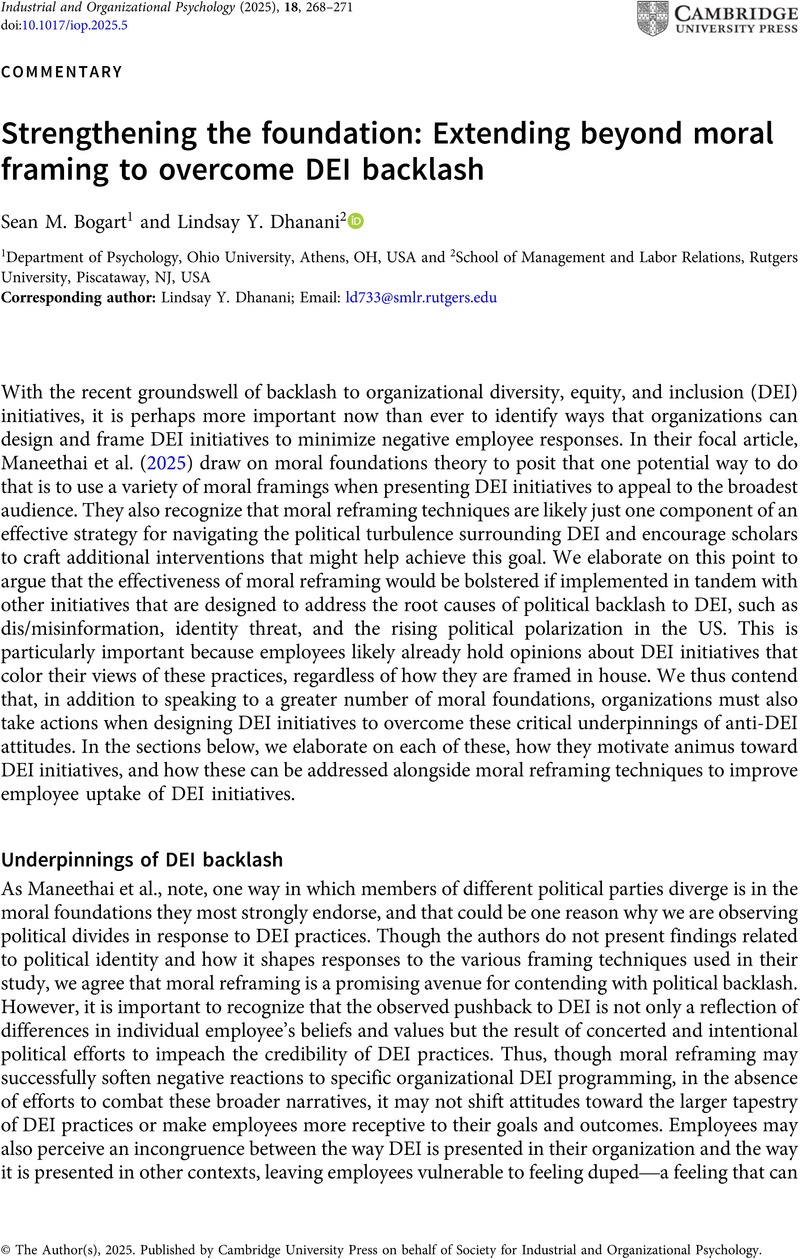Crossref Citations
This article has been cited by the following publications. This list is generated based on data provided by Crossref.
Haile, Shanelle Chambers
2025.
Communities of practice in action: how employee resource groups broker knowledge for underrepresented employees.
Equality, Diversity and Inclusion: An International Journal,
p.
1.


